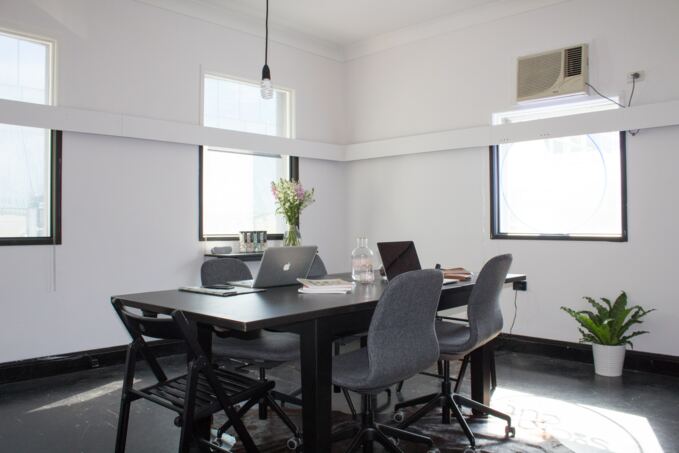Every change in industry has automatically had an impact on the way people have been able to do their work. For this reason, it is understandable that digitalization and the opportunities that come with it have now also brought us to Work 4.0. Work 4.0 is characterized in particular by the automation of work processes and the switch to paperless processes. However, this is undoubtedly not the only thing, as countless work processes have changed due to the increasing number of possibilities offered by digitalization.
Changed communication channels provide more freedom, especially with regard to mobility and flexibility of working time and place. With video conferencing technology, meetings can take place online with participants anywhere in the world without any loss of productivity. Software programs such as Zoom have adapted to the new requirements and created the Zoom Rooms version, which is specially tailored for use in conference rooms. But other video conferencing software is also adapting to the digital transformation and offering more and more features.
With the flexible choice of work location and ever flatter hierarchies, the world of work 4.0 is also characterized in particular by trust towards employees. The concept, also known as „New Work“, is characterized by agility, flexibility and short communication channels. Repetitive and easy-to-perform work processes can be handed over to artificial intelligence more and more often, so that employees can be given more opportunities for more demanding tasks.
<p
